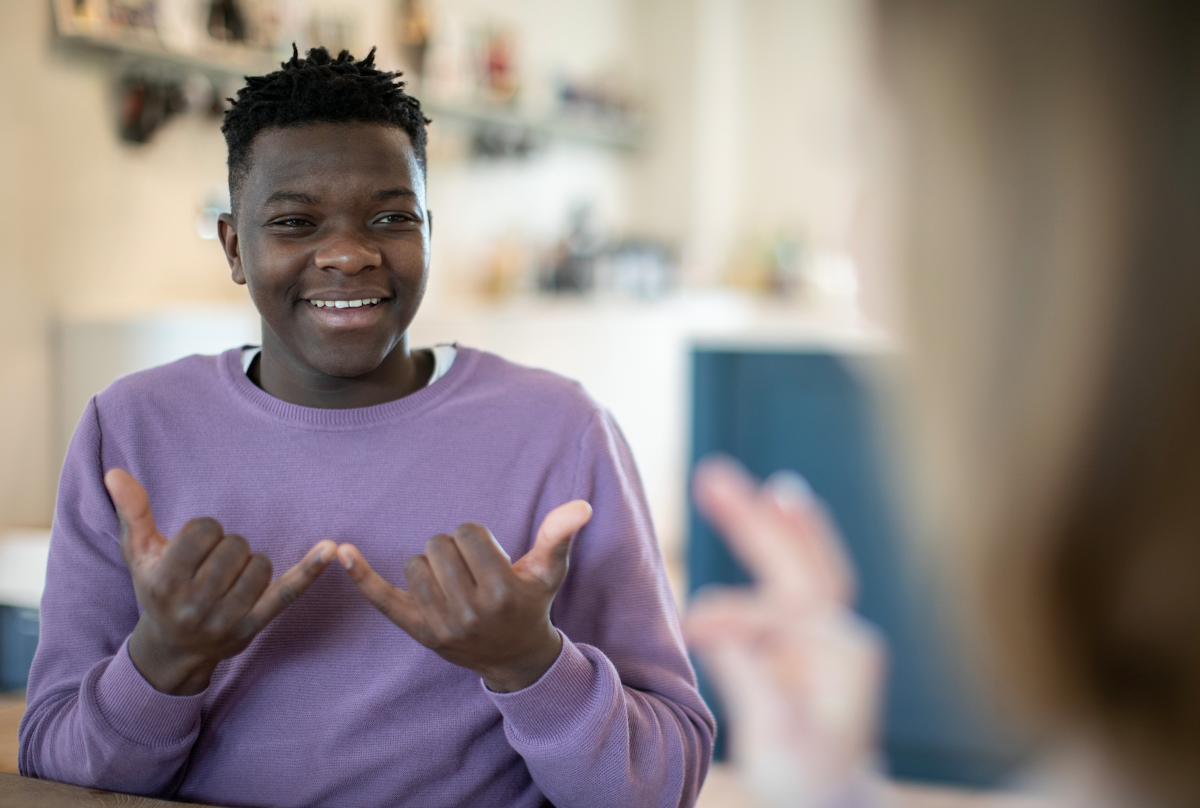Communicating with people who are Deaf, deafened and hard of hearing

Parveen Khan, team leader for the advocacy team, writes about how the SignLive app is helping colleagues provide equitable care to patients who are Deaf, deafened and hard of hearing.
Providing accessible information
Have you ever imagined trying to communicate with someone without sound? How about when discussing important details about your care?
Ensuring we are providing healthcare information to the people we look after in an accessible way is one of the most important things we can do as healthcare professionals.
We care for 3-4 people per day who use BSL
According to national statistics, around 11 million people in the UK are either D/deaf, deafened or hard of hearing. At Barts Health, we see up to 3-4 patients per day who communicate using British Sign Language (BSL). This means it’s really important we’re able to provide the right support to the people who need it so they can access care independently. Often, when a patient is deaf or hard of hearing they rely on a relative or friend to interprete using BSL. While this is helpful, not everyone has this support and communicating via pen and paper and hand gesturing is simply not good enough.
People can have differing types of hearing loss or deafness and as such their communications needs will be different. They can be:
- Deafened – people who were born with hearing and have lost most or all of their hearing later in life
- Hard of hearing – people who have lost some but not all hearing
- deaf (lower case ‘d’) – people who have hearing loss; they may be born deaf or become deaf. They mix well in the hearing world and may communicate orally and may also be users of sign language.
- Deaf (upper case ‘D’) refers to people who are members of the Deaf community and who communicate almost exclusively with sign language.
The role of my team - the health advocacy team, established in 1986, is to improve communication between patients, families and clinicians. To ensure we are meeting the needs of our D/deaf, deafened and hard of hearing patients, we’re using an app called SignLive. While we also have in person interpreters who can support patients who use BSL, the app provides 24/7 instant access to a BSL interpreter via video communication. This is particularly helpful for emergency or out of hours situations, such as when patients attend A&E.
Let us know so we can support you
The app has been rolled out across Barts Health for more than two years. However, it may be that not everyone is aware that it’s on offer. If you need a BSL interpreter please email your healthcare professional to let them know so they can make sure the right support is available for you.
